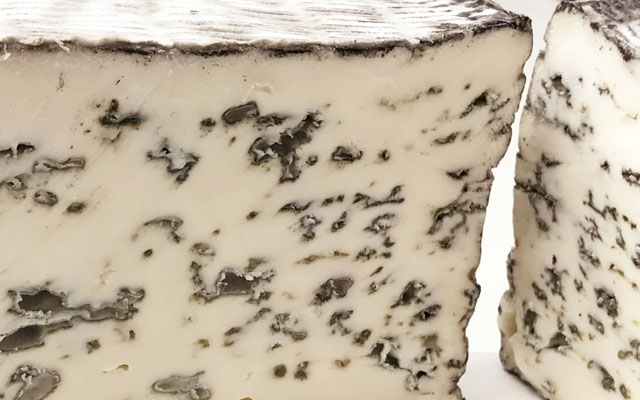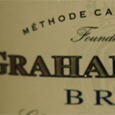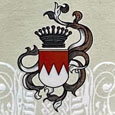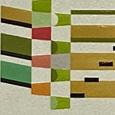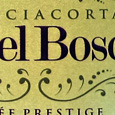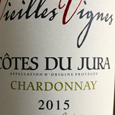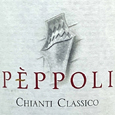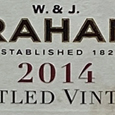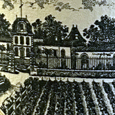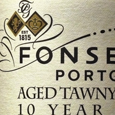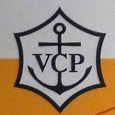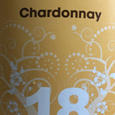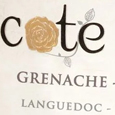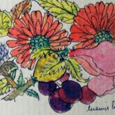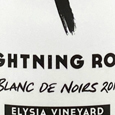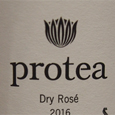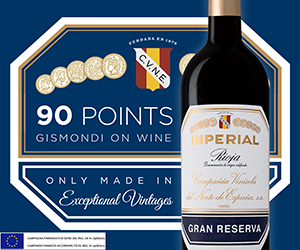These aren’t descriptors of the taste of cheese, as those are much more subjective.
The glossary series will contain terms describing the science, care, and preparation of cheese. This will come in handy to describe what you’re looking for next time you visit a cheesemaker or local cheesemonger. Come back each month to discover new terms and wine pairings as we grow our glossary.
THIS MONTH:
Mold /Penicillium Roqueforti - Blue cheeses are a bit of a mystery for many people but are much loved by a lot of cheese lovers. There is a great deal of science behind the formation of mold in blue cheeses, but I’ll stick to the basic facts that may help in enjoying this variety and learning what to expect when buying a piece of blue cheese.
Many blue cheeses are made in a similar way, although the styles of blue may be very different. The cheese curd is inoculated with penicillium roqueforti after the curds is drained. At that time the blue would not be evident at all. The curds would be pressed and formed into whatever shape is traditional.
At this stage a few different things might happen. Many French cheeses are brined for an amount of time (Roquefort, Bleu d ‘Auvergne), some would just be aged, and a natural rind would form (Stilton).
The next step is similar for most of these cheeses. The outside of the cheese would be pierced with metal rods to allow air to enter the inside paste of the cheese. This step allows air to react with the p.roqueforti and the mold will actually start to form in the cheese. As the process develops, blue veins start to appear in the cheese. The longer the cheese ages the more blue veining will develop, and the stronger the taste will be.
A few odd things that often perturb people new to blues. The outside of a blue cheese wheel may be totally covered in blue. That’s natural. Also, if you leave a piece of blue in your fridge two things may happen. If it’s a French blue, it may get rather drippy in its wrapping. This is just a side effect of the aging and is to be expected. It isn’t harmful and will happen no matter how old the cheese is. If you just take it out of the wrap and sit it out on a paper towel for a minute, it will be fine
Also, in your fridge you may see some blue mold start to grow on the cut surface of the cheese. That is also totally normal, as the cheese is a living thing and it’s just continuing to mature.
A-Z GLOSSARY
Affinage /Affineur – Like in the rest of the food and wine world, there are many cheese words based on French terms. This is a good example of a term used throughout the cheese-making world that has no easy translation. Affinage is the process of ageing, curing, and caring for cheese during its maturation. Affineur is the person who is doing this and is responsible for knowing when the cheese is at its best. In some cases, cheesemakers send their cheese to an Affineur to age, as they don’t have the room or time to deal with the daily care, turning, salting, etc., that each cheese might require.
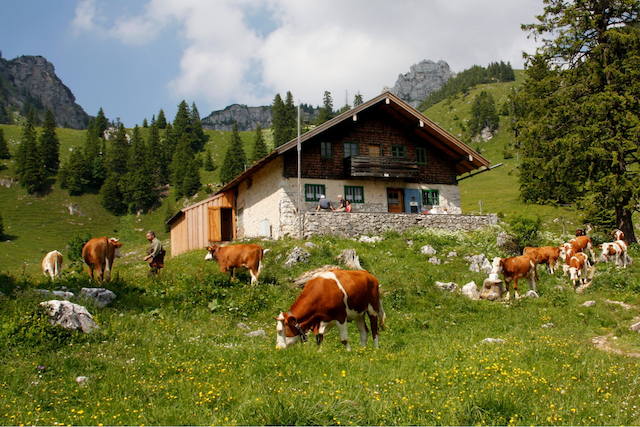 Alpine – This is a term often used for a summer mountain cheese. When the cows are grazing in the mountains in alpine meadows, the milk's taste is significantly different from that of winter milk when the cows are housed indoors. The flora of each mountainous region is very different, so the nuances of the cheese from these different regions are substantially different. Classic alpine cheeses include Appenzeller, Beaufort, and Gruyere.
Alpine – This is a term often used for a summer mountain cheese. When the cows are grazing in the mountains in alpine meadows, the milk's taste is significantly different from that of winter milk when the cows are housed indoors. The flora of each mountainous region is very different, so the nuances of the cheese from these different regions are substantially different. Classic alpine cheeses include Appenzeller, Beaufort, and Gruyere.
GOW suggested alpine wine pairings:
Annatto – This is a natural product that is used to colour cheese the orange we most often associate with cheddar. I can’t attest to processed cheese slices, but if you are buying a good quality cheddar or other cheese that is orange, they are most often coloured with Annatto which is derived from the seeds of the tropical Achiote tree.
AOP/AOC – Appellation d’Origine Protégée / Appellation d’Origine Contrôlée is the European system of certification for certain agricultural products. Known widely in the wine world, it is a system that also applies to many cheeses as well as other regional specialties. For example, a cheese may have an AOP designation and you would see the AOP seal on its label. That is a guarantee that the cheese is made in a traditional way according to the AOP standards for that product.
Just a few examples of what the designation might require:
- Specific breeds of animal the milk must come from (Montbeliarde cows for Comté, Abondance or Tarentaise cows for Abondance).
- How the milk is heated (must be heated in copper vats for Comté, must be over a wood fire for Gruyere l’Etivaz).
- What the animals are fed (cows must be outside grazing on natural grasses for Beaufort d’Été, many cheese designations state that the cows can’t be fed Silage or fermented hay)
- The age of the cheese might be specified in the AOP rules.
- Always, the area the milk is collected from, and the area the cheese is made in, is designated in AOP standards. (for example Roquefort must be made from fresh /not frozen sheep’s milk and aged in specified areas in the Aveyron area).
GOW Suggested Cheddar Wine Pairings:
Cave Aged – is exactly what it sounds like. Some larger wheels especially, are aged in natural caves. The benefit for the cheese is that the natural humidity in the caves allows the cheese to age longer without the cheese cracking and spoiling. Examples include Cave Aged Gruyere, Appenzeller Kaltbach, Wookey Hole Cave Aged Cheddar, Roquefort.
GOW Suggested wine pairings for Roquefort:
Charcuterie – this is a traditional French term for cured meat, usually made from pork. Salami, pâté and prosciutto are all good examples of items that fall under the term charcuterie. In France, it is also the store where you would go to buy these products. Strangely in North America recently, it seems to have become a word synonymous for an appetizer platter or board usually made up of cheese, meats, dips and other assorted veggies and fruit. This is an odd, inappropriate use of the word and makes it very confusing sometimes. Often, I’m asked to help someone choose some items for a charcuterie board and in the end they don’t by any meats at all! Charcuterie is a common and excellent addition to your cheese plate, but just as you wouldn’t call a salami a cheese because you added it to your cheese board, I think we need to stop calling all things charcuterie just because they are on a board with that same salami.
GOW Suggested charcuterie and cheese platter pairings
Crust /Rind – This is a little less set-in stone as there are many words to describe the outer coverings of different cheeses. It’s not to say any of them are wrong or right, but this might help in your descriptions. I use the term crust, for a cheese with a firmer rind. Generally, this would be a firm cheese with a covering that is formed while the cheese ages for a longer period. It wouldn’t necessarily be a part of the cheese I would recommend eating, as it wouldn’t add to the flavour, and would be hard and dry. I would use the word rind for soft to semi firm cheese. This would include a bloomy rinded Brie or a washed rind semi firm cheese like Oka. The difference being, these are part of the cheese and intended to eat. This of course doesn’t mean you have to eat them if you don’t like them, but the intention of the cheese maker is that you would enjoy them as part of the experience of eating that cheese.
Fermier - is a French term for a cheese that is farm made. It can be a bit confusing as often there is a fermier version and a more industrial version of the same cheese. As the word fermier sounds suspiciously like “firm” it’s easy to mistake it as a descriptor for the texture of the cheese rather than its origins. The term fermier is only used when the milk is collected, and the cheese is made on the same property.
Geotrichum / Geotrichum Candidum - is used in the making of many soft bloomy cheeses, but it is a term most commonly associated with the wrinkly rinded goat cheeses. Some of these may be covered in ash, some may be soft, and some quite dry and firm, but the common factor is the brain-like look of the rind and the propensity for growing spots of non-harmful mold. These are certainly a popular style of aged goat cheeses in France and we are seeing more examples made locally as well.
Lactose - Lactose is a type of sugar. When milk is treated, heated and cultured, the lactose is fermented by lactic acid bacteria into lactic acid. Depending on the style of cheese being made, the lactose can be mostly converted to lactic acid within nine months of aging. For example, cheddar, Gouda, Reggiano or many aged Swiss mountain cheeses have very nominal amounts of lactose left by the time they are aged. Fresh cheese on the other hand would have much higher levels of lactose, for example queso fresco, haloumi, or cheese curds.
All types of dairy used to make cheese has pretty similar amounts of lactose, around 4.6-5%. Whether you are eating cow, goat or sheep’s milk, the lactose levels would be the same. The process of cheese making is what changes the amount of lactose in the finished product, not the type of milk.
Lactose intolerance is a term thrown round a lot in regard to cheese. Many people have some dairy sensitivities and feel that they have lactose intolerance. That is totally possible of course, or they could have an actual dairy allergy, but the lactose is possibly not the culprit. If you avoid the fresh cheeses and stick to more aged cheeses this should never be a problem.

 quicksearch
quicksearch

